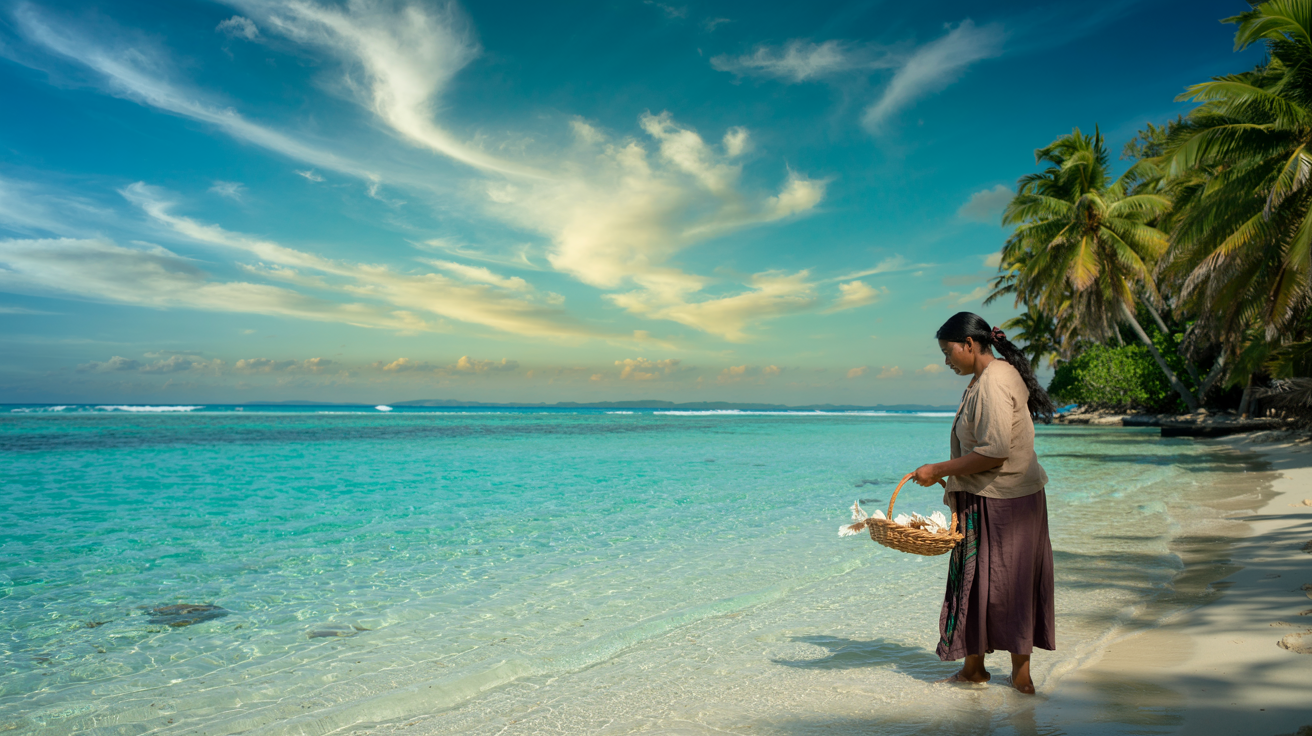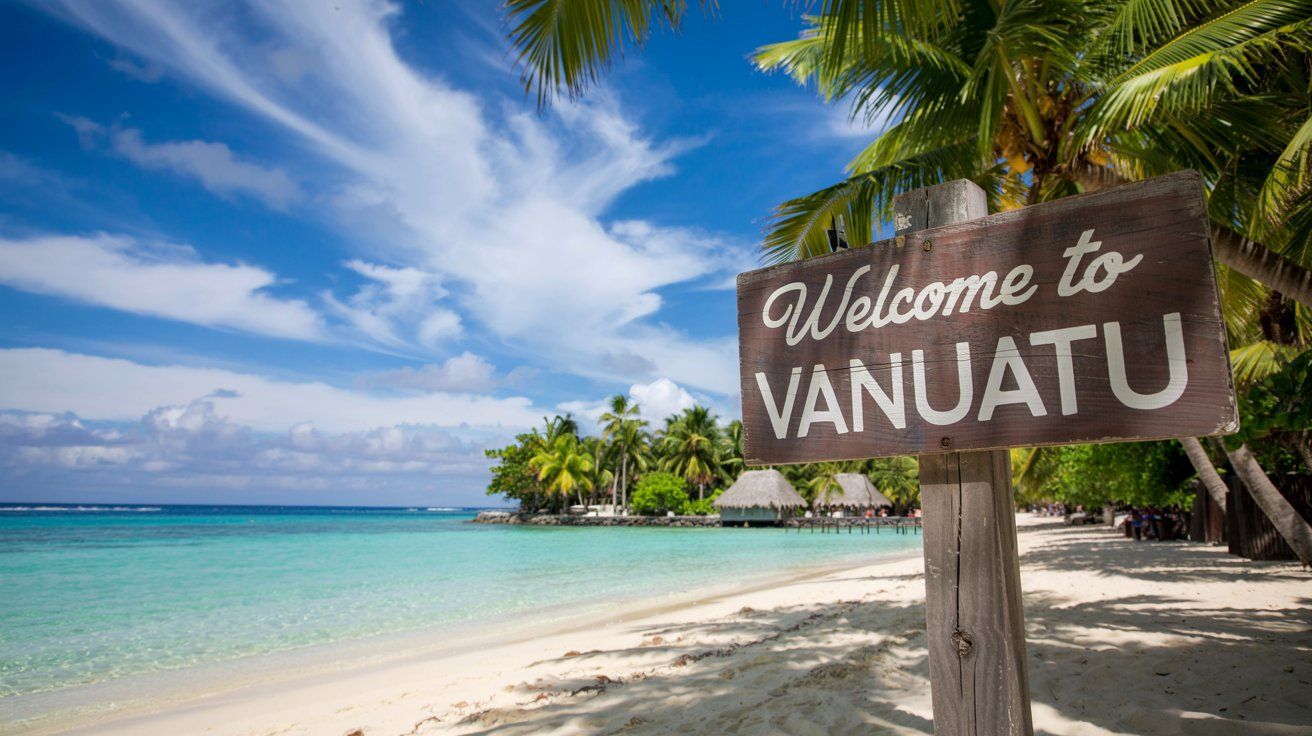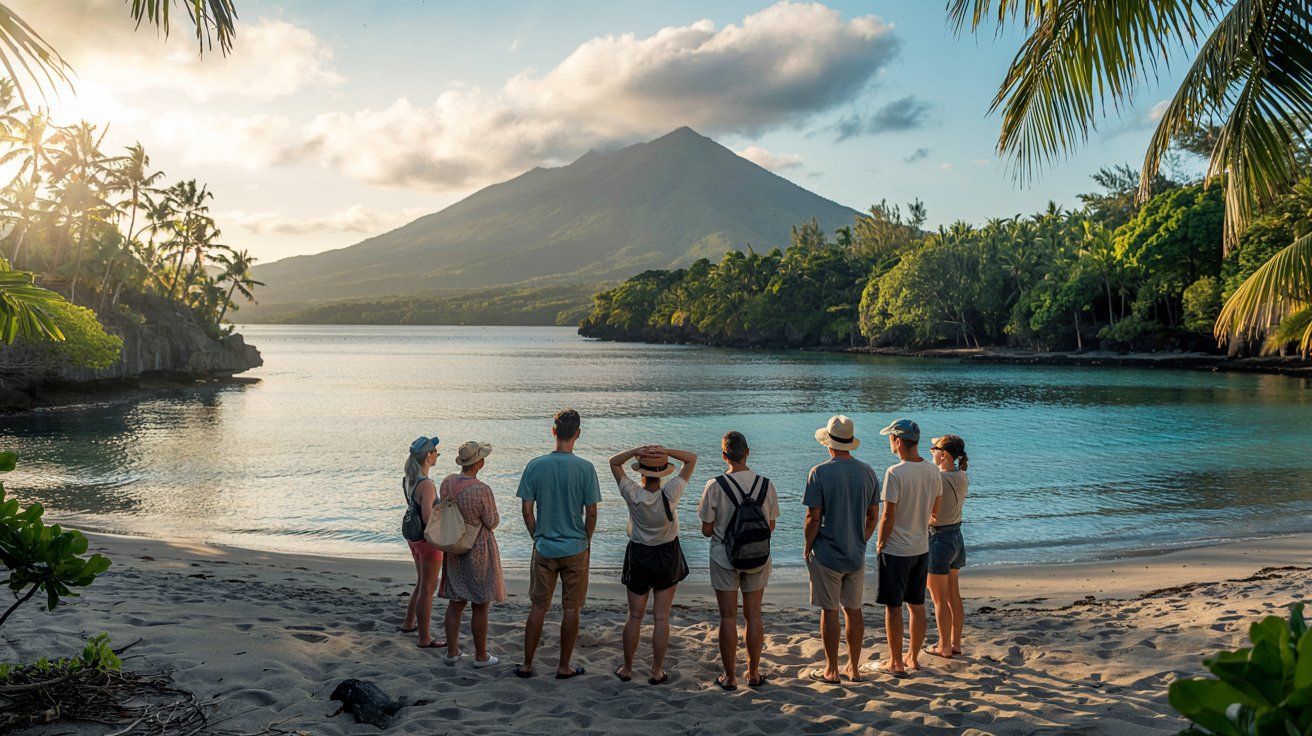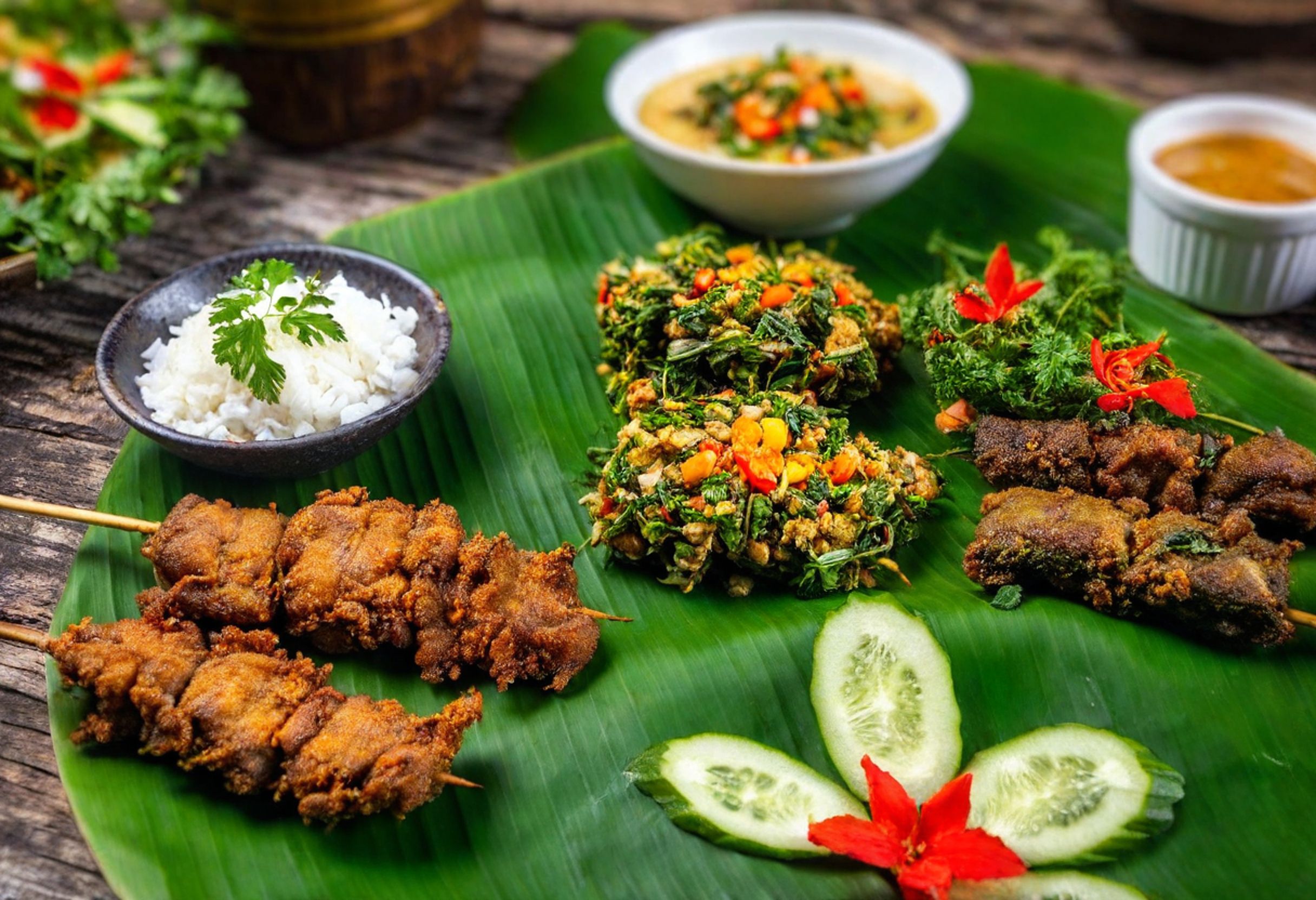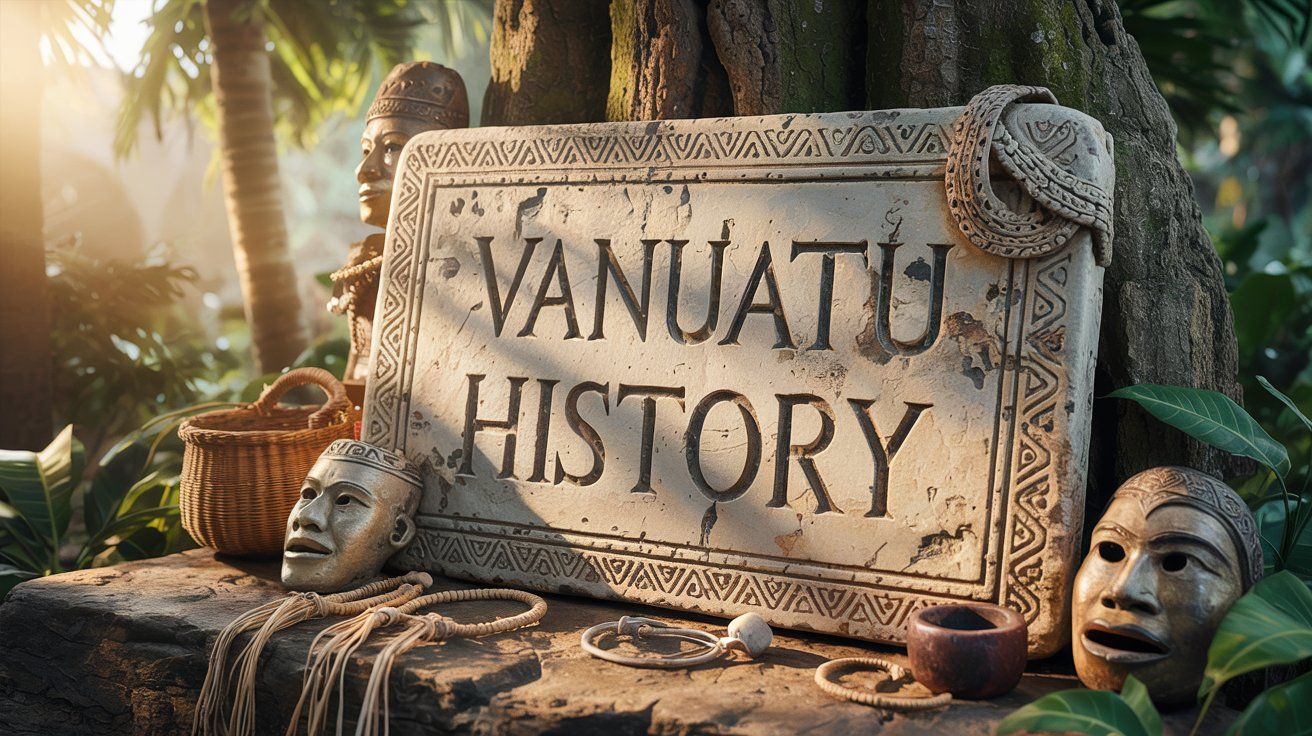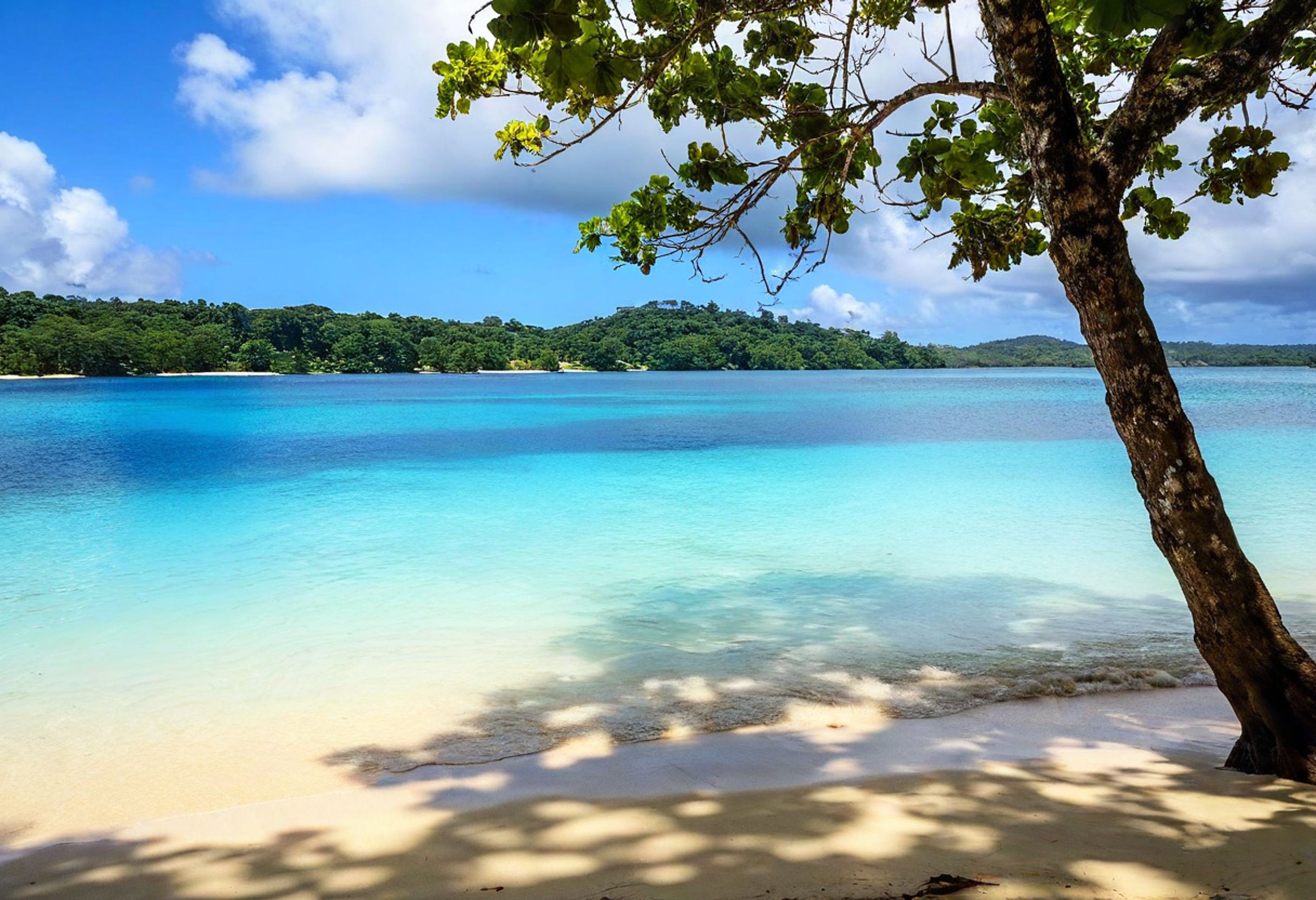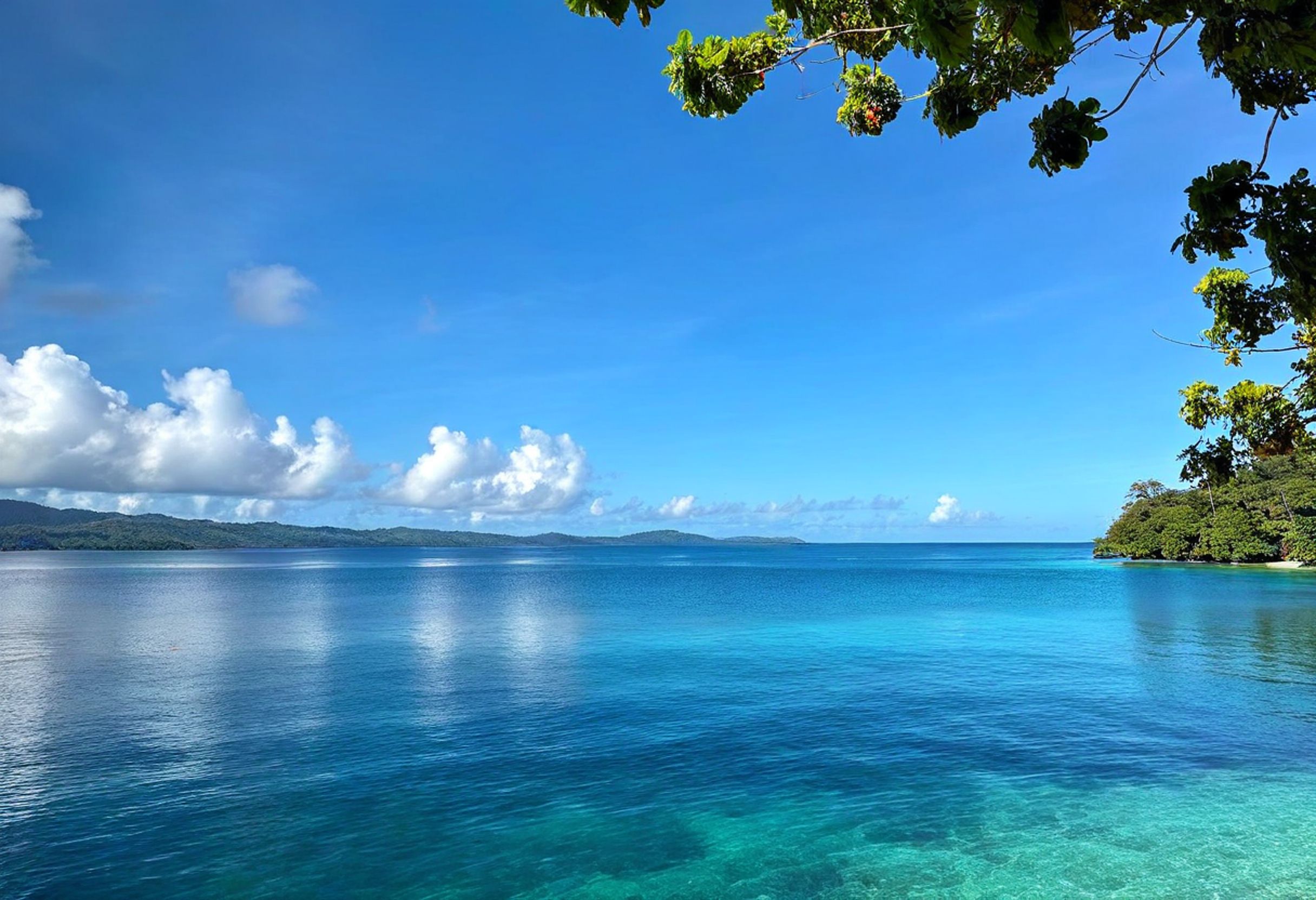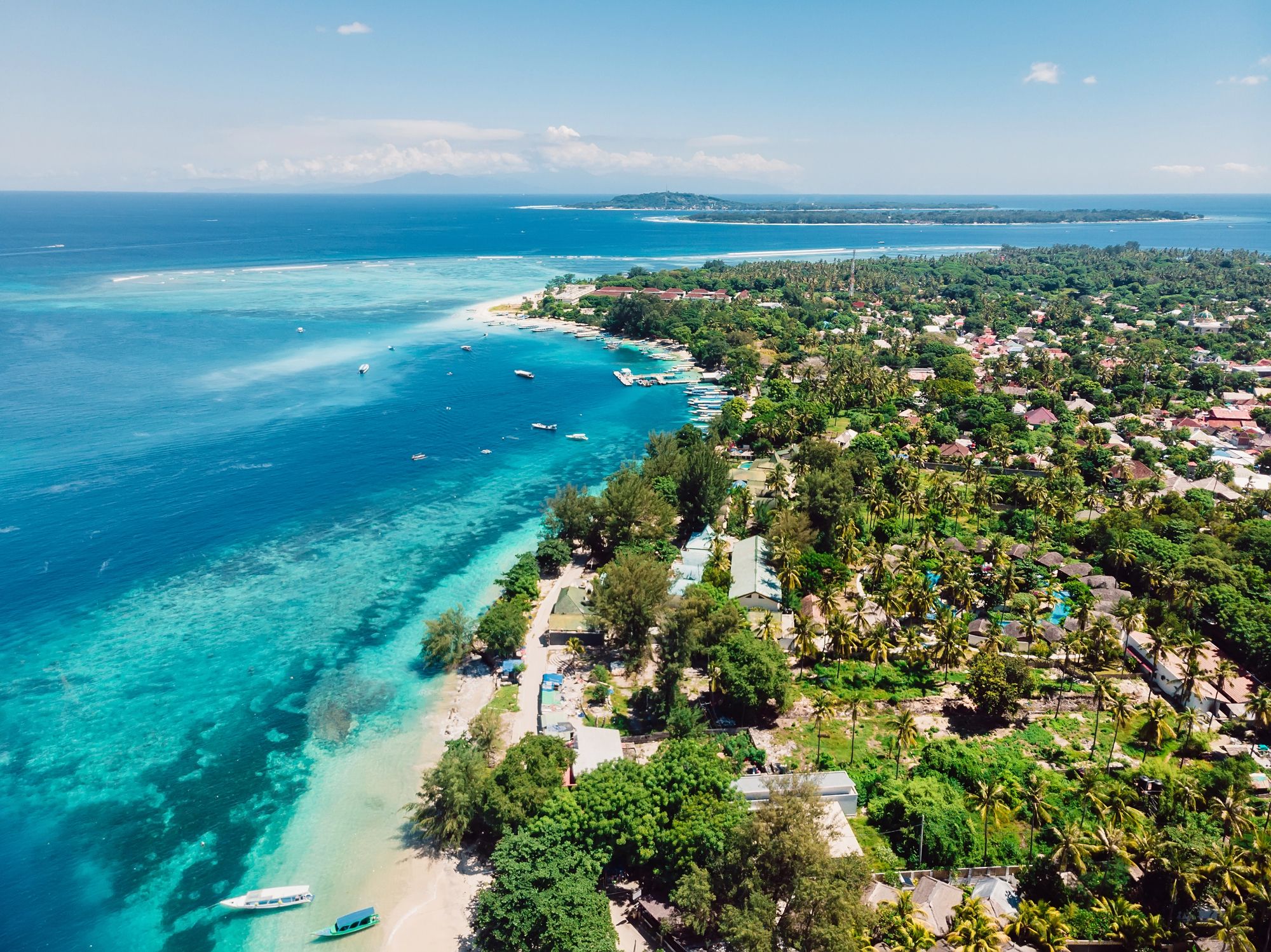The Pacific Islands are a vast and culturally diverse region spread across millions of square miles of ocean. They are divided into three key ethnogeographic groups: Melanesia, Micronesia, and Polynesia.
This expansive area features a fascinating mix of continental and oceanic islands. Each has unique landscapes, climates, and histories.
From overwater bungalows to beachfront resorts, find your perfect stay in this island nation of more than 80 islands. Instant booking with best price guarantee!
Browse Accommodations Now
With economies influenced by agriculture, fishing, and tourism, these islands are deeply rooted in Austronesian traditions and Christianity. They form an important — yet often overlooked — part of the world’s cultural and ecological heritage.
In this guide, we’ll explore the Pacific Islands in depth. We’ll highlight the geography, people, economies, and travel opportunities, before bringing the focus to Vanuatu.
Understanding the Pacific Islands
The Pacific Islands cover over 300,000 square miles of land and an immeasurable expanse of ocean. They exclude Australia and nearby Asian archipelagos, focusing instead on small yet culturally rich island nations and territories scattered across the Pacific.
The Three Main Groups
Melanesia includes larger, resource-rich islands like New Guinea, Fiji, and the Solomon Islands. Micronesia stretches across smaller landmasses from Palau to Kiribati.
Polynesia forms a colossal triangle connecting Hawaii in the north, New Zealand in the southwest, and Easter Island in the southeast.
Island Types and Natural Landscapes
These islands can be either continental, formed from ancient landmasses with fertile soils, or oceanic, created by volcanic activity or coral growth. Both types offer unique ecosystems and topographies.
Climate and Vegetation
Most islands enjoy tropical climates with lush vegetation. New Zealand is the exception with its mild, temperate weather.
As you travel eastward across the Pacific, plant diversity tends to decrease. This creates distinctive environmental profiles at each stop.
People, Culture, and Languages
Populations are concentrated in Papua New Guinea, New Zealand, Hawaii, Fiji, and the Solomon Islands. Melanesians make up the bulk of indigenous communities.
The cultural landscape blends ancient traditions with modern influences. This results in vibrant and deeply rooted societies.
Language and Religion
Hundreds of Austronesian languages are spoken across the Pacific, creating a rich linguistic heritage. Most of the region practices Christianity, often integrating local customs and beliefs into worship.
Economy and Livelihoods
Many Pacific economies are still developing and rely heavily on natural resources. Agriculture is a primary sector, with coconuts and copra standing out as major exports.
Fishing, Forestry, and Mining
Fishing is an essential source of sustenance and income. Forestry and limited mining also contribute to local economies, though these industries must balance sustainability with economic needs.
Tourism in the Pacific
Tourism is a vital industry for several islands. Destinations like French Polynesia, Fiji, and Hawaii attract travelers from across the globe.
Challenges and Opportunities
Many islands face trade deficits and depend on financial aid from larger nations. Sustainable tourism offers an opportunity to generate income while preserving the environment.
Transportation and Accessibility
Air and sea travel form the backbone of Pacific Island connectivity. Larger islands have major airports, while smaller ones often rely on regional flights or boats.
Limited road networks mean travel within islands can be an adventure in itself.
Travel Tips
When planning a trip to the Pacific Islands, it’s best to research transport schedules in advance, especially for remote destinations where connections may be less frequent. Bringing flexibility into your itinerary ensures a smoother experience.
Why Vanuatu Captures the Spirit of the Pacific
Vanuatu, a jewel of Melanesia, perfectly embodies the diversity, beauty, and cultural richness of the Pacific Islands. Its volcanic origins give rise to dramatic landscapes, lush rainforests, and stunning beaches ideal for travelers seeking both adventure and relaxation.
Vanuatu’s Unique Appeal
Here you’ll find a harmonious blend of traditional village life and contemporary comforts.
With dozens of indigenous languages, deep-rooted customs, and welcoming locals, Vanuatu offers an immersive cultural experience.
Agriculture, fishing, and tourism sustain its economy.
Sustainable travel initiatives aim to preserve its pristine environment for future generations.
Here is the source article for this story: Pacific Islands | Countries, Map, & Facts
Find available hotels and vacation homes instantly. No fees, best rates guaranteed!
Check Availability Now

